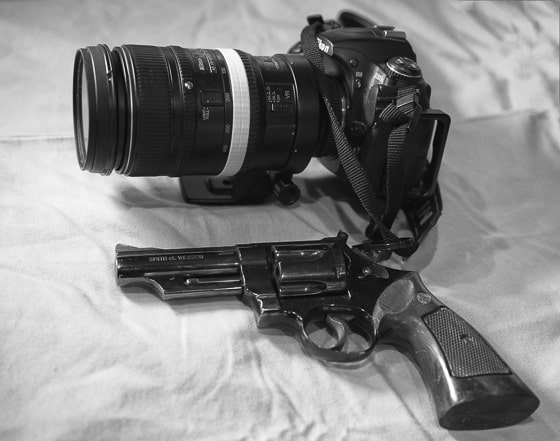
“When this is in your hands (camera), you are the center of the universe. Not that anything else exists, it certainly does. You are important, this (the camera) empowers you to do whatever the hell you want.” … Mel DiGiamo
Mel DiGiamo, was recently the featured artist on B&H’s Event Space. For those unfamiliar with B&H, it is the largest photography, video, and pro audio, store in the world, at 490 Nineth Avenue in Manhattan. Periodically, they have guests who present in their auditorium; and their presentations are recorded.
This statement sat me upright, as I had just finished reviewing two films as part of my Duke undergraduate course, Contemporary Documentary Films. The first film was Stranger with a Camera (2000) in which the documentarian, Hugh O’Connor (a widely-traveled, highly experienced director for the National Film Board of Canada) is shot and murdered at point blank range in 1968 by Lecher County, Kentucky resident, Hobart Ison. Hobart’s reason at the trial for shooting O’Connor was: “self-defense in order to avoid character assassination by a camera.”
In the second film, A Happy Mother’s Day (1963), Richard Leacock is the hired-gun filmmaker for a publishing company which had obtained the exclusive rights for documenting the first U.S. quintuplet’s to survive in U.S. history. The Fisher family, which already had five kids, and now instantly five more were thrust into the national limelight by ABC News and their title sponsor, Beechnut Foods. Beechnut used the Fisher family as the centerpiece for their poster family advertising campaign.
A novice reader of body language would instantly recoil at the facial expressions of the Fisher seniors who seem to be asking in every frame “how did we get here?”
Afterall, we are taught that part of the formula for “best works” is when the photographer and the subjects are participating in a mutually compassionate and trusting relationship. I wholeheartedly agree.
HMM
